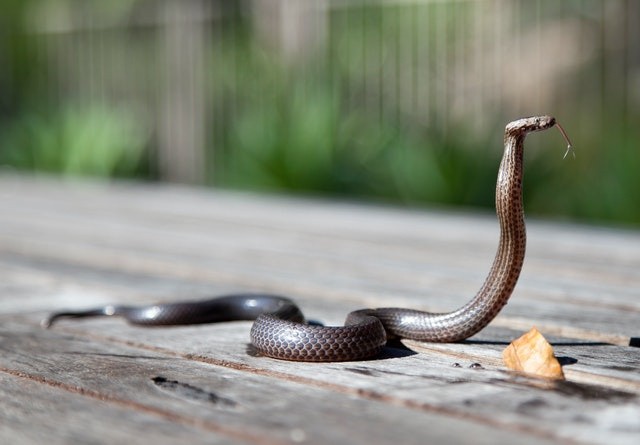Toxins present in snake and mammal saliva comes from the same ancestral gene, according to a recent research.

Origin of Kallikrein Serine Proteases
Scientists are confident in their hypothesis that snake and mammal venom originated from a common set of genes with toxin potential. It is possible for snakes, certain lizards, and a few mammals to be poisonous, according to Eurekalert.
Despite the fact that both groups diverged over 300 million years ago, scientists have discovered that the venoms of both groups share an ancient salivary protein. Their findings were published Dec 22 in the journal BMC Biology.
Japanese and Australian scientists studied kallikrein serine proteases, a kind of toxin present in most snake venoms and all other reptile and mammalian saliva, linking their origin to a gene that was identified in a common ancestor of snakes, lizards, and mammals.
Protein-degrading enzymes known as kallikrein serine proteases play an important role in controlling blood pressure. These proteins are found in minute amounts in the saliva of mammals, but their function is still a mystery.
These proteins, however, have developed toxicity in venomous snakes and mammals like shrews and solenodons. When injected in large doses, these drugs may cause dangerously low blood pressure and even death if administered too quickly.
Kallikrein serine proteases, found in snake venom and mammal saliva, have many biochemical characteristics, but scientists have only recently discovered that they are related. According to Barua, there are so many distinct serine proteases with a high degree of similarity that until recently, it was impossible to identify the proper genes to establish the evolutionary history.
Identification of Kallikrein Gene in Reptiles and Mammals
All kallikrein genes in reptiles, amphibians, fishes, and mammals were identified and compared to form an evolutionary tree, thanks to recent breakthroughs in genomic technologies.
It's clear that venom arose from the same set of genes in an ancestor that had a hazardous potential, says Barua. In addition, the most astonishing thing was that non-toxic salivary kallikreins, such as those present in people and mice, originated from the same ancestral gene.
Agneesh Barua, co-first author and PhD student at OIST, noted that venoms are mixtures of hazardous proteins that have developed throughout animal's world, often as a technique of killing or immobilizing prey.
Snake venom systems are especially complicated, and the genesis of their venoms is still a mystery, he says
Snake Vs. Mammalian Venom
In the publication, the researchers speculated that there existed a shared collection of genes that had a hazardous potential in the ancestor of snakes and mammals. When it came to venom, snakes and mammals pursued divergent routes.
Snakes' venom evolved into more lethal mixtures, but venom in mammals evolved far more slowly. When it comes to venom, researchers wanted to determine if it originated from the same source as mammal and snake genes.
Kallikreins in mammal saliva were discovered to be more closely connected to snake toxins than other kallikreins identified in mammals, according to researchers.
Salivary kallikrein proteins, including those found in humans, have the evolutionary potential to be poisonous, as shown by this research.
For more news, updates about venoms and similar topics don't forget to follow Nature World News!
© 2025 NatureWorldNews.com All rights reserved. Do not reproduce without permission.





